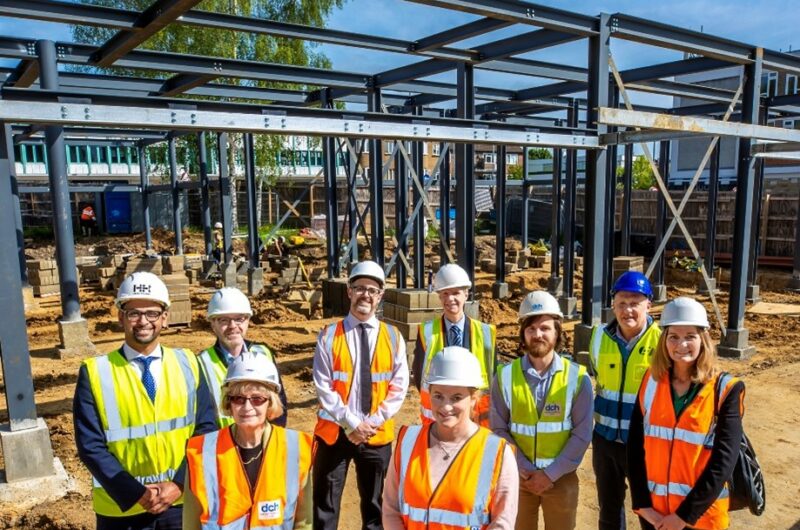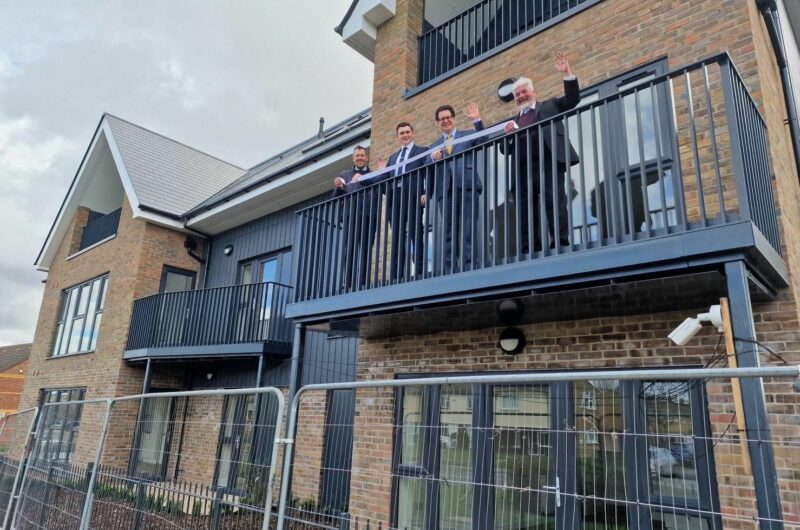Asset management
What Is It?
Managing assets effectively is crucial to the operations of local authorities, registered providers and private landlords in meeting their strategic goals particularly in relation increasing value and maintaining stock.
Local authorities have high-level strategies and databases overseeing the management of their land and property assets; setting the strategic direction of policy and governance arrangements for property related decisions. Asset management, regeneration and capital investment increasingly play a key role in local authorities’ management and business plans.
Housing Associations have over the last 40 years developed into a unique form of social enterprise often managing large numbers of properties and other assets, raising finance and making surpluses. However, housing association landlords are, mainly, not-for-profit bodies with the core of their activities being the provision of housing to deliver a range of solutions to meet local housing need.
A number of regulatory constraints are in place which control how these assets are managed. Traditionally, strategies have focused on stock surveys, delivery of a works programme, managing budgets and spending money shrewdly. Programmes need to be carefully targeted, considering the lifecycle of components, design, thermal efficiency and location.
At the same time, organisations are now facing new challenges; including customer affordability issues arising from welfare reforms, demographic changes, increasing customer expectations and the need to create a more sustainable asset base in the widest possible sense. In recent years the focus has changed from providing Decent Homes to asset investment and viability with a proper return on investment.
What Are We Doing?
Local authorities and housing associations are active in developing often long term asset management strategies linking investment and procurement decisions as part of an overall business plan.
Strategies need to recognise the changing development context often influenced by new regulations set by Government and changing market conditions such as the 5% rent cap and the cost of living crisis. The aim is to achieve safe, secure and sustainable homes for residents, a low carbon future and environmental sustainability. It is also important to factor in technological advances into future strategies and opportunities for the inclusion of district heat schemes in larger properties.
The aim of this topic is to share best practice in developing longer term strategies / solutions to asset management; achieving greater efficiencies and savings. When looking at low carbon solutions, there is a real opportunity to contribute towards tackling fuel poverty and health inequalities when prioritising programmes to improve poor housing.
The Essex Property Asset Map (EPAM) which is a portal for the publication of all Essex public sector property information is one example of best practice. The project has levered in funding for One Public Estate Locality Reviews through the Government
Property Unit (GPU) and the Local Government Association and is now assisting with the identification and delivery of a pipeline of projects across Essex targeted at estate rationalisation and housing delivery.
Moat for example are employing some of the latest thinking in their asset management plans which focus on:
- Proactive repairs services, as opposed to reactive using digitalised self service approach.
- Planned works using triggers and alerts targeting individual properties and components.
- Managing key risk areas: FLAGE (Fire, Legionella, Asbestos, Gas and Electrics) both operationally and strategically with budgets to match.
- Managing data better by joining up across all work-streams, to better inform programmes of work and when best to replace as opposed to repair.
- Developing a new Asset Strategy focusing not just on “bricks and mortar” but the role the assets play in shaping the social, environmental and economic wellbeing of the local community.
- Aligning their property management and investment practices with Corporate Plan objectives, supported by the 30 year Business Plan.
- Developing and implementing new work programmes and contracts resulting in multi-million pound savings through for example contract consolidation, reducing scopes of works required, increased life cycles, removing the main contractor and working direct with the SME contractor, etc.
- Addressing fuel poverty benefits not just the health and wellbeing of their tenants but the wider community as well as having a positive impact on services such as our NHS.
Former Director of Property Services at Moat, Jason Amos wrote a useful Insight on Asset Management.
Moat are also pioneering new energy efficiency retrofit projects in Essex and London through Energiesprong.
The first Energiesprong demonstrators were completed in the UK in Nottingham in 2018 by Melius Homes, working on behalf of Nottingham City Homes.
Moat’s projects are now complete and were the first Energiesprong homes refurbished in Essex.
Addressing Fuel Poverty also by Jason Amos, former Director of Property Services, sets out Moat’s approach.
Key Links for Further Information
https://www.southend.gov.uk/info/200401/council_budgets_and_spending/463/corporate_asset_management
Current Sub Groups:
-
Benjamin James
Moat - Lead Energiesprong -
Helen McCabe
Thurrock BC -
Ben Johnson
Qualis Property Solutions


Thurrock Council redevelops derelict property in Chadwell St Mary into affordable homes.
Register to view







